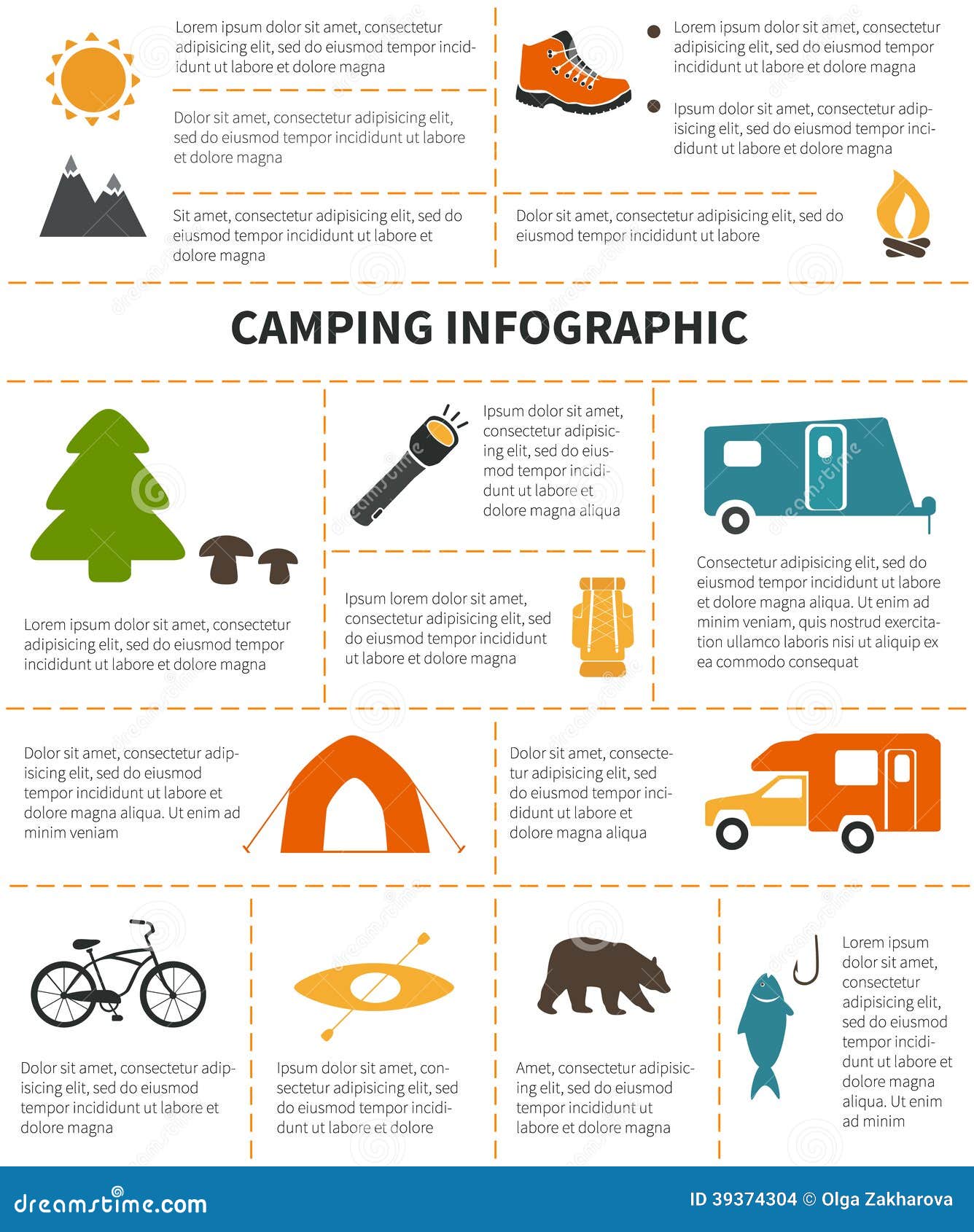Whether your camping tent featured man lines pre-attached or you're using your own, ensuring they are taut and correctly positioned is essential to preventing damage and improving security. Individual lines (additionally called person ropes) attach the outer walls and rainfly to anchor factors-- normally outdoor tents stakes, but if ground conditions require it alternate options can be made use of.
Tensioning
If you've ever before established an outdoor tents and discovered the roofing system to be less than tight or the outer wall surface sagging, you most likely weren't effectively guying it out. These long cords, or ropes, are called guy lines and are developed to attach to certain points on the rainfly and camping tent frame. They prolong exterior and risk into the ground, maintaining the framework versus side wind forces that would certainly otherwise misshape or damage tent material and seams.
Applying wind mitigation methods, regularly examining and adjusting man line stress for temperature changes, and protecting risks to the ground assistance to prevent architectural stability problems during usage. Additionally, cleansing the entire tent to get rid of collected mildew and mold and mildew is important for maintaining equipment safety and security and long life.
Supporting
A lot of camping tents include grommets or loopholes for man lines built right into the external fly of the framework. These crisscrossing cables are essential when you want your tent or awning to stand up to gusty wind conditions.
The technique is guaranteeing that each man line is tight enough to hold the outer fly and tent body taut, but not so tight that it places excessive stress and anxiety on any attachment points or the fabric itself. Because of that, it's ideal to utilize a line tensioner and take your time when tightening tent guy lines so that they don't strain or harm the add-on factor.
Whether you're renting out or getting a camping tent for an event, it's important to match the frame parts, textile, and supports to the weather prediction and place of your camping area. For instance, if your event is being held outdoors, using weighted ballasts like concrete blocks or water barrels to supplement ground risks can aid to stand up to high winds.
Keeping the Rain Fly in Place
Keeping the rain fly taut and not touching the camping tent body assists to stop water transfer from outdoors to inside. This also enhances air movement and makes for a drier, a lot more comfy outdoor camping experience.
The crisscrossing cables that come with numerous camping tents, awnings and sanctuaries may look like an annoyance, yet they're crucial for stabilizing your tent in high winds. They work to pull outside tension on the camping tent framework and stand up to a whole lot even more pressure than the thin, brief risks that come with most equipment.
Making use of the line tensioner, systematically tighten each individual line around your camping tent until it's firm yet not excessively tight. Make certain to have sufficient back-length for a strong, secure knot. When you're finished, see to it to eliminate each breathability of the lines and set them bent on dry prior to packing them away. This will certainly avoid the buildup of mold and mildew and mildew and lengthen the life of your canvas tent or rainfly.
Defense
The additional assistance offered by guy lines aids to stabilize an outdoor tents, also in windy problems. They aid to combat side winds that would certainly otherwise transform a camping tent into a makeshift parachute, supplying stability and securing campers from potential damage.
Making use of man lines additionally allows for boosted ventilation within a camping tent. By promoting a splitting up in between the rain fly and outdoor tents body, guy lines maintain moisture and condensation from developing within.
It is very important to remember that a man line need to be adjusted to be taut, yet not overly tight. Tighter lines might put unnecessary stress and anxiety on the fabric and accessory factors, potentially harming the outdoor tents or producing a harmful environment for campers. A basic bowline knot is the excellent way to protect an individual line, making it easy for campers to change and separate when needed. Maintain a collection of extra heavy fixes for your tent in your car for when you're camping on difficult substratums like dirt, sand or mud.
